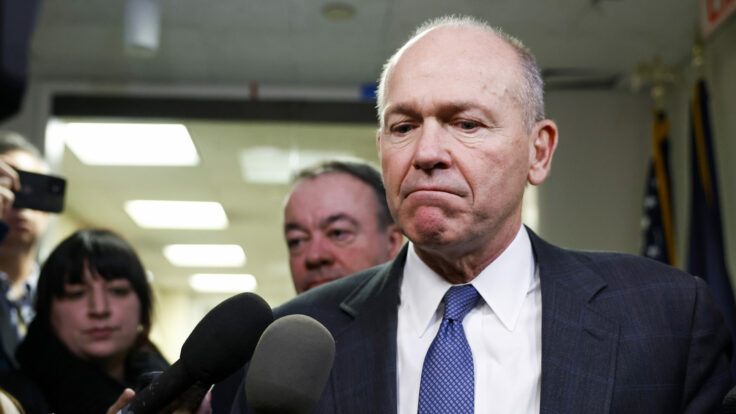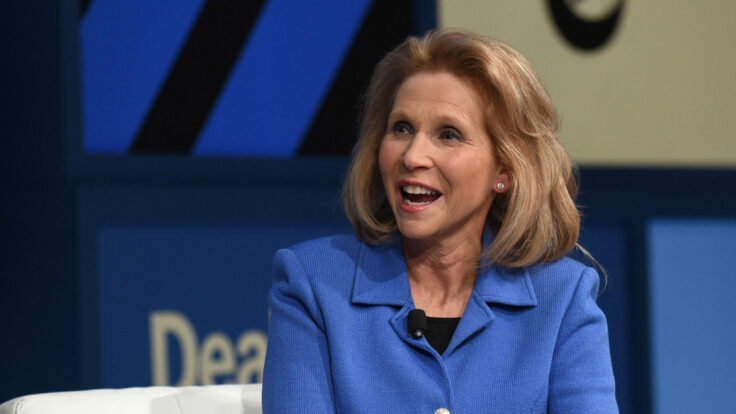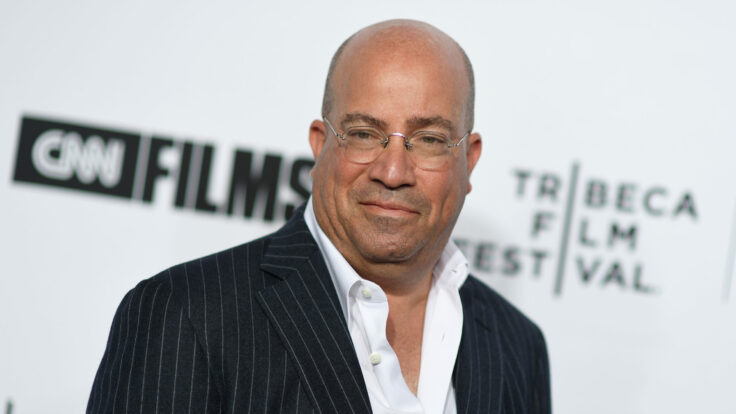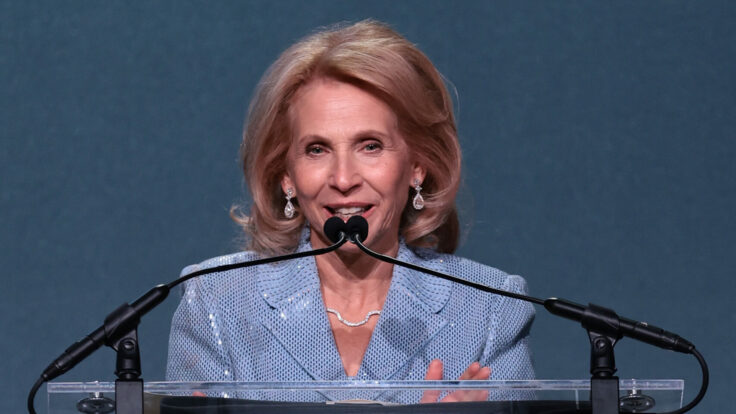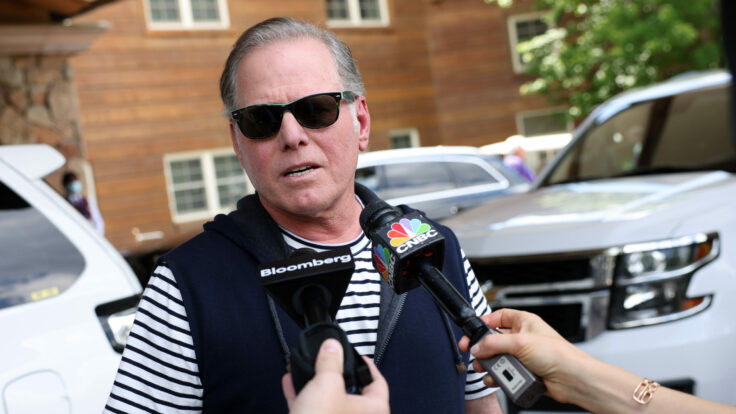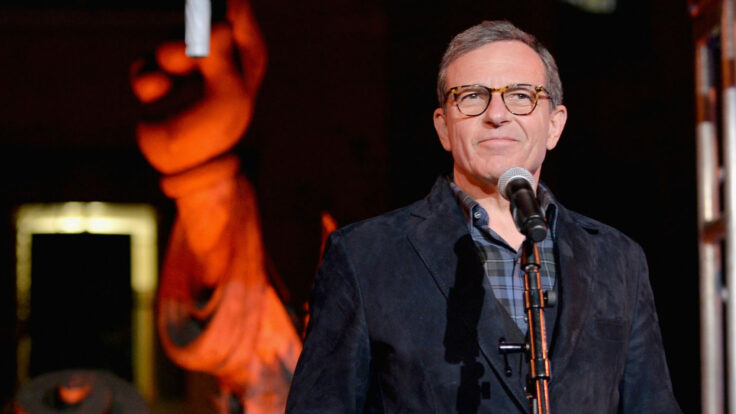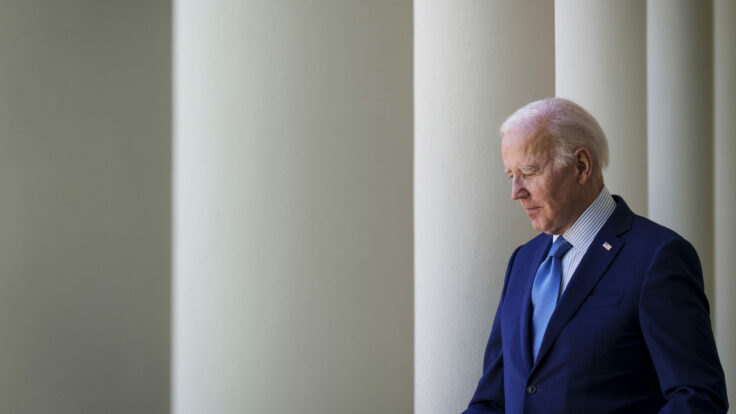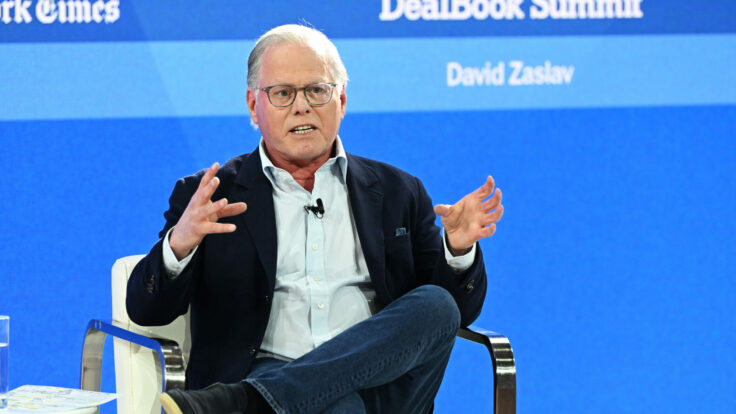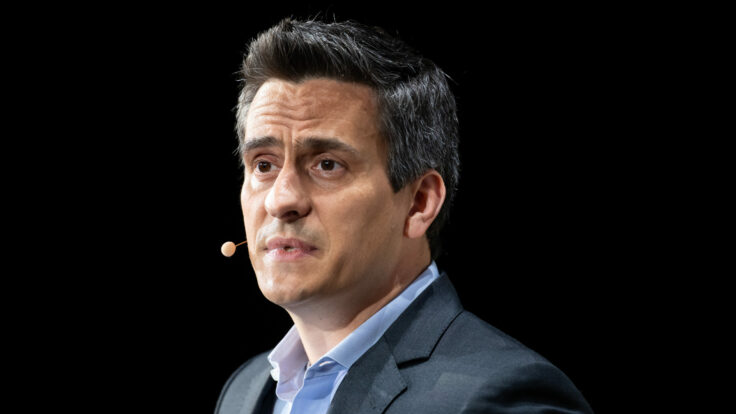Harvey Schwartz, the former No. 2 at Goldman Sachs, who lost the succession battle five years ago to David Solomon, is apparently in talks to become the new C.E.O. at the Carlyle Group, according to Semafor. I admit that this caught me by surprise. As Jerry Seinfeld once said to George Costanza when George was contemplating the idea of becoming a Yankees broadcaster, “Well, they tend to give those jobs to ex-ballplayers and people that are, you know, in broadcasting.” After all, the leadership positions of the most important private equity firms—Carlyle has a market value these days of some $14 billion, up 25 percent so far this year—tend to go to people who are in private equity. Just look at Jon Gray, who is slated to succeed Steve Schwarzman at Blackstone, or the ascension of Joe Bae and Scott Nuttall as co-C.E.O.s of KKR. They all have spent much of their professional lives in private-equity and at the firms they are running.
But that’s not Schwartz’s jam. After graduating from Rutgers, in 1987, Schwartz had a number of jobs in finance before going to Columbia to get his M.B.A. in 1996. He joined Goldman Sachs out of Columbia, as a commodities trader. He was never a banker or in Goldman’s massive private-equity division. He was considered a very good manager of Goldman’s sales and trading division, of its technology infrastructure, and of its operations. He was named Goldman’s chief financial officer in 2012.









